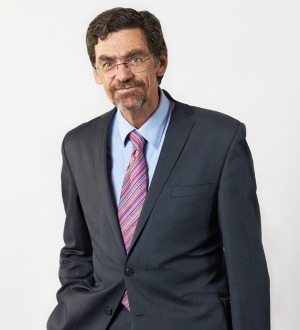Best Lawyers in Australia for Aviation Law
Practice Area Overview
The first area of Aviation Law comes from the international and domestic regulation of airline and charter operations, both in relation to the regulation of the carriers and their pilots, and also of course relating to liabilities to passengers, crew, property, cargo, and objects on the ground. Related to this field of aviation is the management of hull losses, and involvement of periphery aviation services such as fuel suppliers, licensed aircraft maintenance engineers, ground handlers, and product manufacturers. Sports and tourism aviation also face many similar legal issues to the general aviation industry, however as an area of law, is perhaps more exposed to liability outside the exclusive regimes applicable to passenger claims.
The second area of Aviation law comes in the specialist management and advice on myriad commercial agreements and regulatory instruments spanning aircraft and parts finance, lease and purchase, ground handling, charter, license, AOC, passenger terms and conditions, freight, catering, fuel supply, etc. Many of these instruments and agreements are subject to specific aviation domestic and international regulations and involve multiple jurisdictions.
Next is the highly specialised and quite extensive regulation of Australian airports, ranging from a number of airside and landside issues from noise and height regulation, environmental, master plans, security and access, to the liability exposures of airports to aircraft operations and also the travelling public and concomitant occupational risks.
Finally, an emerging area of Aviation Law principally at this stage on the regulatory aspects, but also for personal injury and property damage claims, is in the area of unmanned aerial devices. As this industry grows, as is the expectation and experience both locally and internationally, so too will the regulatory focus and exposure to liability risks.


Our Methodology
Recognition by Best Lawyers is based entirely on peer review. Our methodology is designed to capture, as accurately as possible, the consensus opinion of leading lawyers about the professional abilities of their colleagues within the same geographical area and legal practice area.
The Process
Best Lawyers employs a sophisticated, conscientious, rational, and transparent survey process designed to elicit meaningful and substantive evaluations of the quality of legal services. Our belief has always been that the quality of a peer review survey is directly related to the quality of the voters.

